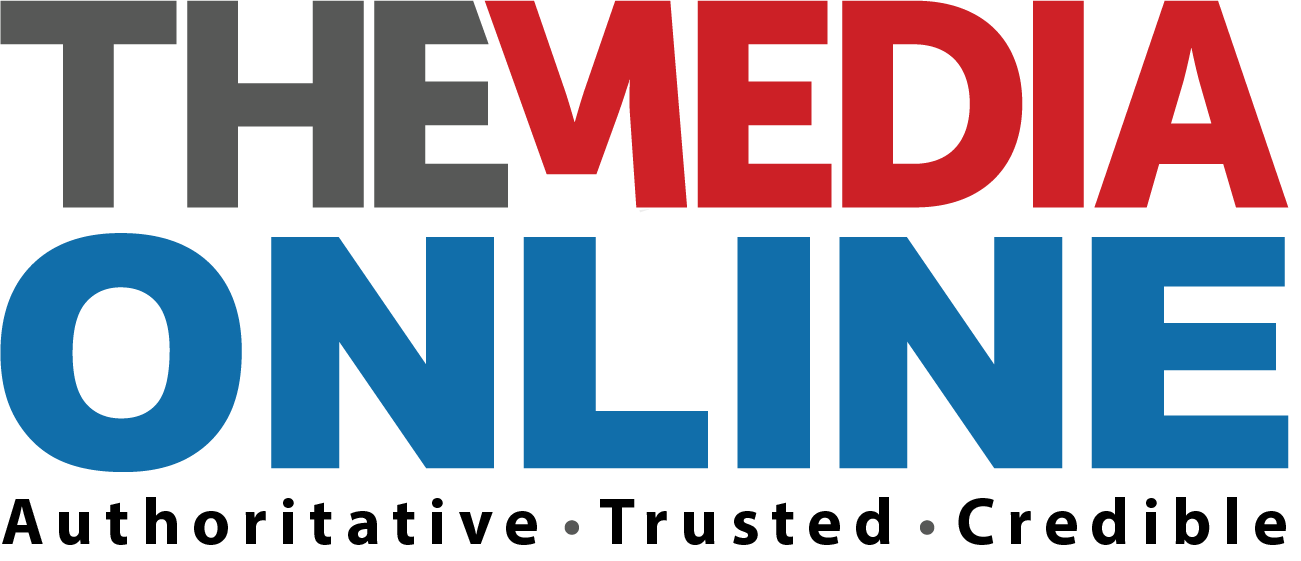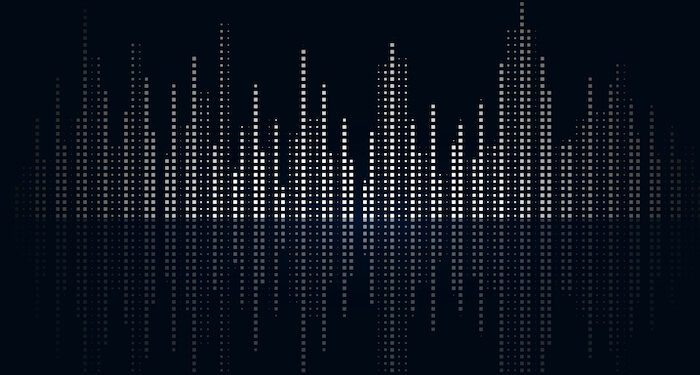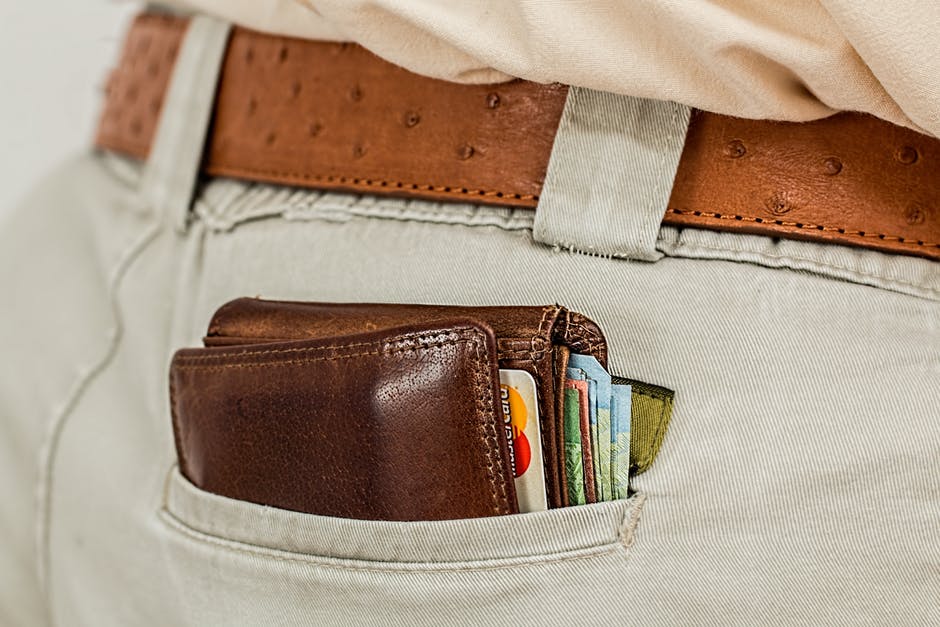In June 2025, I had the privilege of attending the 6th Radio and Digital Sound Broadcasting Summit – Africa 2025 (RAD25) in Johannesburg, an incredible two-day gathering of industry leaders, innovators and storytellers from across the continent.
From panel discussions on digital audio platforms and inclusive policy frameworks, to practical sessions on monetisation models, streaming strategy, and IP protection, the summit was a reminder that the future of African audio isn’t just coming, it’s already here.
What struck me most, though, was the growing conversation around how programmatic technology is transforming the business of audio. There’s an energy in the room a hunger to innovate, but also a call for us to rethink how we buy, plan, and deliver sound.
It’s in that spirit that I’ve been reflecting on the role of programmatic audio buying in this new landscape, and how brands can tap into it to extract greater value not just in reach or efficiency, but in real connection.
The evolution of audio: From linear to programmatic
Audio has always been a powerful medium. Whether it’s the morning radio, a podcast on your commute, or a Spotify playlist in the background while working, sound stays with us. But how we buy into this space has changed dramatically.
Programmatic audio buying is the automated process of purchasing digital audio ads through real-time bidding (RTB) platforms. This includes inventory across music streaming services like Spotify and Deezer, online radio stations, and podcasts.
Unlike traditional radio buying, where advertisers buy set slots on a station’s schedule, programmatic allows you to target specific audiences, at scale with real-time data and precision. It’s not about booking a time slot anymore. It’s about owning a moment.
The real ROI: Why programmatic audio is worth it
So, what makes programmatic audio so powerful for brands?
1. Targeted reach: Programmatic audio allows for granular targeting by device, location, age, gender, time of day, even music genre. You’re no longer casting a wide net and hoping for the best. You’re placing your brand in the ears of the right listener, at the right time.
2. Real-time measurement:You can track impressions, completion rates, and engagement. No more waiting for vague post-campaign reports, you get live dashboards with clear performance metrics, and the ability to adjust mid-campaign.
3. Dynamic creative optimisation: Creative messaging can change based on user behaviour or context. A listener in Joburg might hear a different version of an ad than someone in Durban, even if it’s the same campaign. That’s relevance in action. A 2024 IAB Global report found that audio ad completion rates consistently exceed 90%, higher than video in many cases. That’s a major engagement win. [Source: IAB Global – The Power of Audio Whitepaper, 2024]
Challenges in the African market
Of course, we can’t talk about programmatic audio in Africa without addressing a few practical realities.
Limited local inventory
While platforms like Spotify and Apple Music are growing across the continent, the availability of local streaming platforms and publishers offering programmatic inventory is still limited. There’s untapped potential here for broadcasters to digitize more aggressively.
Awareness and education
Many brands and agencies still see audio as “just radio”. There’s a knowledge gap when it comes to planning, activating, and optimising digital audio.
Tech stack integration
For media teams still catching up on the basics of programmatic display, adding a new channel like audio can feel overwhelming. DSPs (Demand Side Platforms) must be equipped, and creative teams need to understand audio formats.
At RAD25, one consistent thread across conversations was how African broadcasters are being challenged to not only digitise, but to evolve their monetisation models. Programmatic audio was mentioned as one of the most promising but under-utilised opportunities for local stations and content producers.
The message was clear: the continent’s sound is rich, diverse, and vibrant but if we want to scale it commercially, we need to plug into the tools that make targeting, automation, and audience intelligence possible.
Unlocking value: Practical tips for brands & buyers
If you’re considering investing in programmatic audio, here are a few ways to ensure you extract full value:
1. Know your audience: Use first-party data wherever possible. What do your customers listen to? When are they most active? Which platforms do they use? This insight fuels smarter audio targeting.
2. Invest in good creative: Audio is intimate it’s literally in someone’s ear. So don’t just repurpose your TV ad voiceover. Create bespoke, warm, human audio ads that connect emotionally. Think: tone, pacing, clarity, music bed.
3. Frequency capping: Limit annoying your audience with repetition. Cap how many times a user hears your ad. Balance is key.
4. Test and optimise:Run A/B creative versions. Try different call-to-actions (CTAs), track listen-through rates, and adapt. The magic of programmatic is in the real-time flexibility.
5. Partner smart: Work with partners who understand the programmatic audio ecosystem. Platforms like AdsWizz, Triton Digital, or Veritone offer rich inventory and tools for smarter campaign execution.
Local relevance: What can African brands learn?
We’re at a unique inflection point. Audio listenership is on the rise in Africa podcasts are booming, streaming platforms are growing, and radio remains king in many regions. Yet very few brands are exploring audio beyond the traditional 30-second radio spot.
Take MTN Nigeria, for example, which recently experimented with targeted podcast ads across Spotify, delivering personalised messages to youth segments based on genre and behaviour.
The result? A 25% lift in brand recall. [Source: Spotify Ads Africa Case Study, 2023]. Why aren’t more brands doing this?
The future of sound: A human tech opportunity
Programmatic audio isn’t just a shiny new tool it’s an opportunity to reconnect with people through sound. In a world flooded with visuals, audio cuts through quietly but powerfully. And for us as media professionals on the continent, it’s also a call to redefine how we show up in the market.
Broadcasters must digitise, agencies must upskill, and brands must rethink their audio strategies. At the Radio Conference, someone said, “Audio is the only format that lets you close your eyes and still feel something.”
That stuck with me. As the media world goes programmatic, may we never forget to keep the human heartbeat in our tech beats.
 Lerato Mapitsa is a media professional with 19 years in the industry. Her most recent position was campaign and media manager at the MultiChoice Group. She holds an IAB Digital Marketing Certification
Lerato Mapitsa is a media professional with 19 years in the industry. Her most recent position was campaign and media manager at the MultiChoice Group. She holds an IAB Digital Marketing CertificationReferences:
1. IAB Global – The Power of Audio: 2024 Whitepaper
2. Edison Research – Africa’s Audio Boom: 2023 Podcast & Streaming Trends
3. Spotify Ads Africa – MTN Nigeria Case Study, 2023
4. Triton Digital – Global Audio Programmatic Overview, 2024
5. Deloitte Africa – Media & Entertainment Outlook: Sub-Saharan Africa, 2024
6. RAD25 Summit Report – 6th Radio and Digital Sound Broadcasting Summit – Africa 2025, Johannesburg, 25–26 June 2025s














